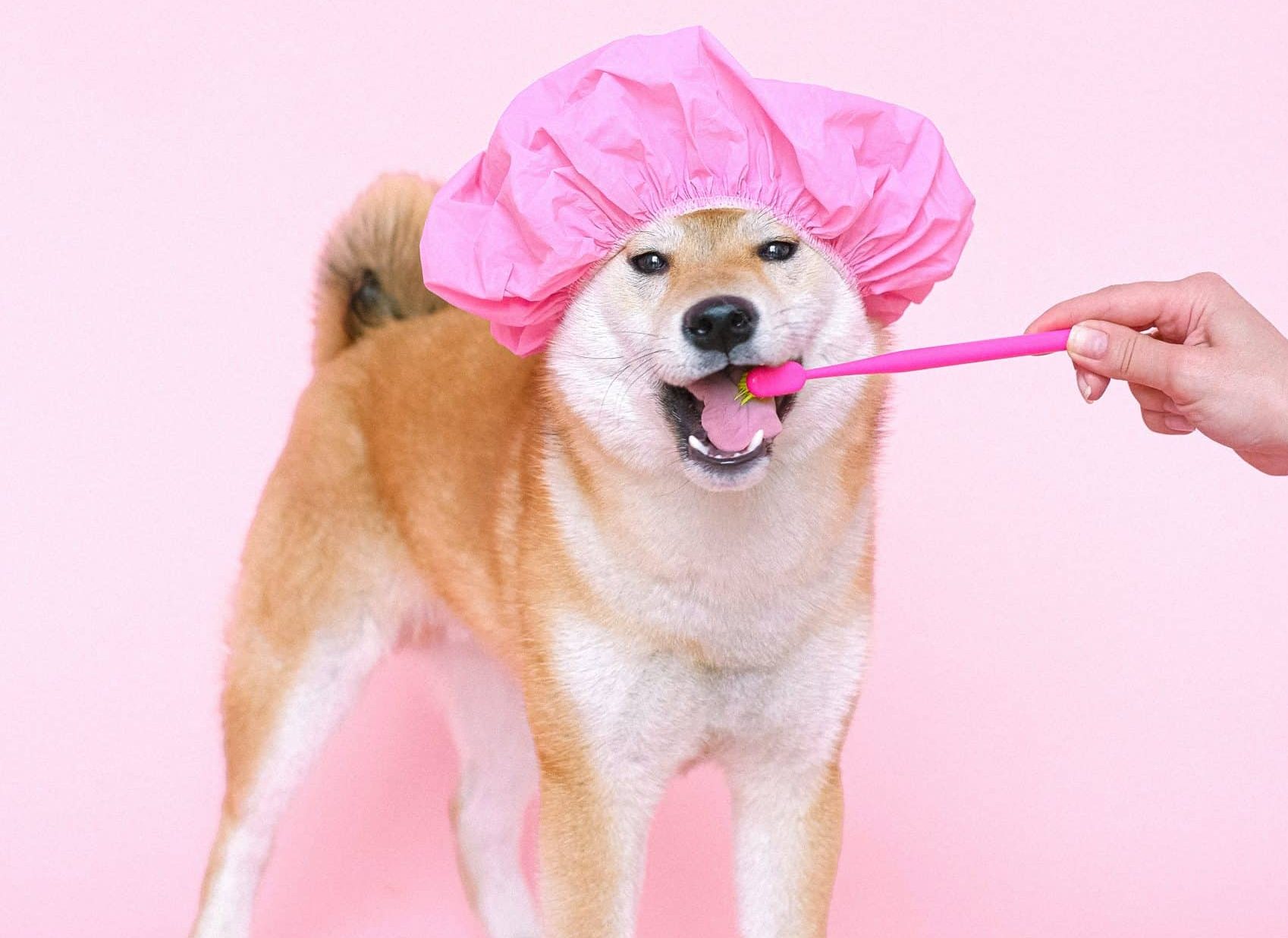Do you ever wonder about the dental health of your beloved pet? Brushing your dog’s teeth is a crucial component of pet care that often gets overlooked. Just like us, dogs can also suffer from various dental diseases if their teeth aren’t properly cared for. This comprehensive guide will help you understand the importance of maintaining your dog’s dental health, the potential risks of dental diseases and easy steps to brush your dog’s teeth.
Understanding Your Dog’s Dental Health
Dental health is a significant aspect of your dog’s overall well-being. Neglecting it can lead to severe issues like periodontal disease, an inflammatory condition affecting the tissues surrounding the tooth. Periodontal disease in dogs starts with the build-up of plaque, a sticky film that contains harmful bacteria. If left unchecked, plaque hardens into tartar, leading to gum disease and tooth loss.
Sujet a lire : Managing separation anxiety in dogs
Brushing your dog’s teeth can help remove this plaque before it becomes a problem. But before you begin, it’s important to choose the right tools. Never use human toothpaste for your dogs as it can be harmful if swallowed. Always opt for a toothpaste formulated specifically for dogs.
Selecting the Right Tools for Brushing
Choosing the right tools is pivotal when it comes to brushing your dog’s teeth. The appropriate tools will ensure that the process is safe, efficient, and comfortable for your pet. The essential tools you will need are a dog-friendly toothpaste and a dog toothbrush or finger brush.
A lire également : Homemade pet food: Pros and cons
Dog toothpaste is edible and safe for your pet. It comes in dog-friendly flavors like poultry or peanut butter. Using a toothpaste that your dog likes will make the brushing experience more pleasant for them.
A dog toothbrush has softer bristles and a more extended handle to reach the back teeth. It’s typically smaller than a human toothbrush. Alternatively, a finger brush, a small rubber cap that fits on your finger, can also be used. Finger brushes are especially useful for smaller dogs or puppies.
Preparing Your Dog for Teeth Brushing
Before introducing the toothbrush and toothpaste, it’s helpful to familiarize your dog with having their mouth handled. This can be done over several days by gently lifting your dog’s lip and touching their teeth and gums with your finger. Reward your pet with praise or small treats to make this a positive experience.
Once your pet is comfortable, you can introduce the toothpaste by applying a small amount to your finger and letting your dog taste it. The next step is to introduce the toothbrush or finger brush by letting your pet lick the toothpaste off it.
Brushing Your Dog’s Teeth: A Step-By-Step Guide
Now that your dog is familiar with the tools, it’s time to start brushing. Ensure that this process is rewarding and stress-free for your pet.
Start by lifting your dog’s lip to expose their teeth and gums. Apply a small amount of toothpaste to the toothbrush or finger brush. Gently brush in a circular motion, focusing on the area where the tooth meets the gum line. Brush a few teeth at a time, gradually working up to the entire mouth.
It’s essential to be patient with your pet during this process. If your dog becomes anxious, take a break and try again later or the next day.
Incorporating Dental Care Into Your Dog’s Routine
Brushing your dog’s teeth should be a regular part of their health care routine. Ideally, you should brush your dog’s teeth daily. If daily brushing is not possible, aim for at least two to three times a week.
In addition to brushing, providing your dog with dental chews and a balanced diet can help maintain their dental health. Dental chews are designed to remove plaque while your dog chews on them. A balanced diet can also contribute to your dog’s overall health, including their dental health.
Seeking Professional Dental Care
Despite regular brushing, it’s important to have your dog’s teeth professionally cleaned by a veterinarian once a year. This routine check-up will help detect any potential oral health problems early.
In conclusion, brushing your dog’s teeth may seem daunting initially, but with consistency and patience, it can easily become a part of your pet care routine. Regular dental care will not only prevent painful dental diseases but also contribute to your dog’s overall well-being. So grab that toothbrush and toothpaste, and let’s make dental health a priority for our furry friends!
The Importance of Regular Dental Check-ups
Just like humans, dogs need regular dental check-ups to maintain optimum oral health. Your dog’s teeth can be affected by various conditions, with periodontal disease being the most common. This disease starts with a buildup of plaque, a sticky film containing harmful bacteria. If not removed, this plaque hardens into tartar, leading to gum disease and tooth loss. Brushing your dog’s teeth daily can help mitigate the risk of dental disease.
However, even with regular brushing, it’s important to have your pup’s teeth professionally cleaned by a veterinarian once a year. Regular professional dental care can help detect potential oral health problems early, ensuring your pet’s well-being. During these visits, the veterinarian will perform a thorough examination of your dog’s mouth, checking for signs of dental disease, including bad breath, inflamed gums, loose teeth, or changes in eating habits. If necessary, they might recommend further procedures like dental x-rays or tooth extraction.
A vet check-up will also provide you an opportunity to discuss your dog’s diet and any concerns you may have about their dental health. Keep in mind that a balanced diet is crucial for your dog’s overall health, including dental care. Foods that are high in nutrients and low in sugars will help maintain your pup’s healthy teeth and gums.
Conclusion: Prioritizing Your Dog’s Dental Health
The importance of maintaining your dog’s dental health cannot be overstated. Brushing your dog’s teeth regularly and using dog-friendly toothpaste is a crucial step in preventing dental disease. Remember to familiarize your pet with the tooth brushing process by slowly introducing them to the toothpaste and the brush. Make it a positive experience for your pet by rewarding them with praise or treats.
In addition to brushing your dog’s teeth at home, remember to schedule annual dental check-ups with your veterinarian. This will help ensure that any potential issues are caught early and treated promptly. Providing dental chews and a balanced diet will further contribute to your pet’s oral health.
Brushing your dog’s teeth may seem like a daunting task initially, but with consistency and patience, it can easily become a part of your pet care routine. Just as you prioritize your own oral health, it’s essential to prioritize your dog’s dental care as well. After all, a healthy dog is a happy dog!
Regular dental care is more than just maintaining a shiny smile for your pup, it’s about investing in their overall health and well-being. So grab that dog toothpaste, pick up that dog toothbrush or finger brush, and let’s make dental health a priority for our beloved furry friends!





